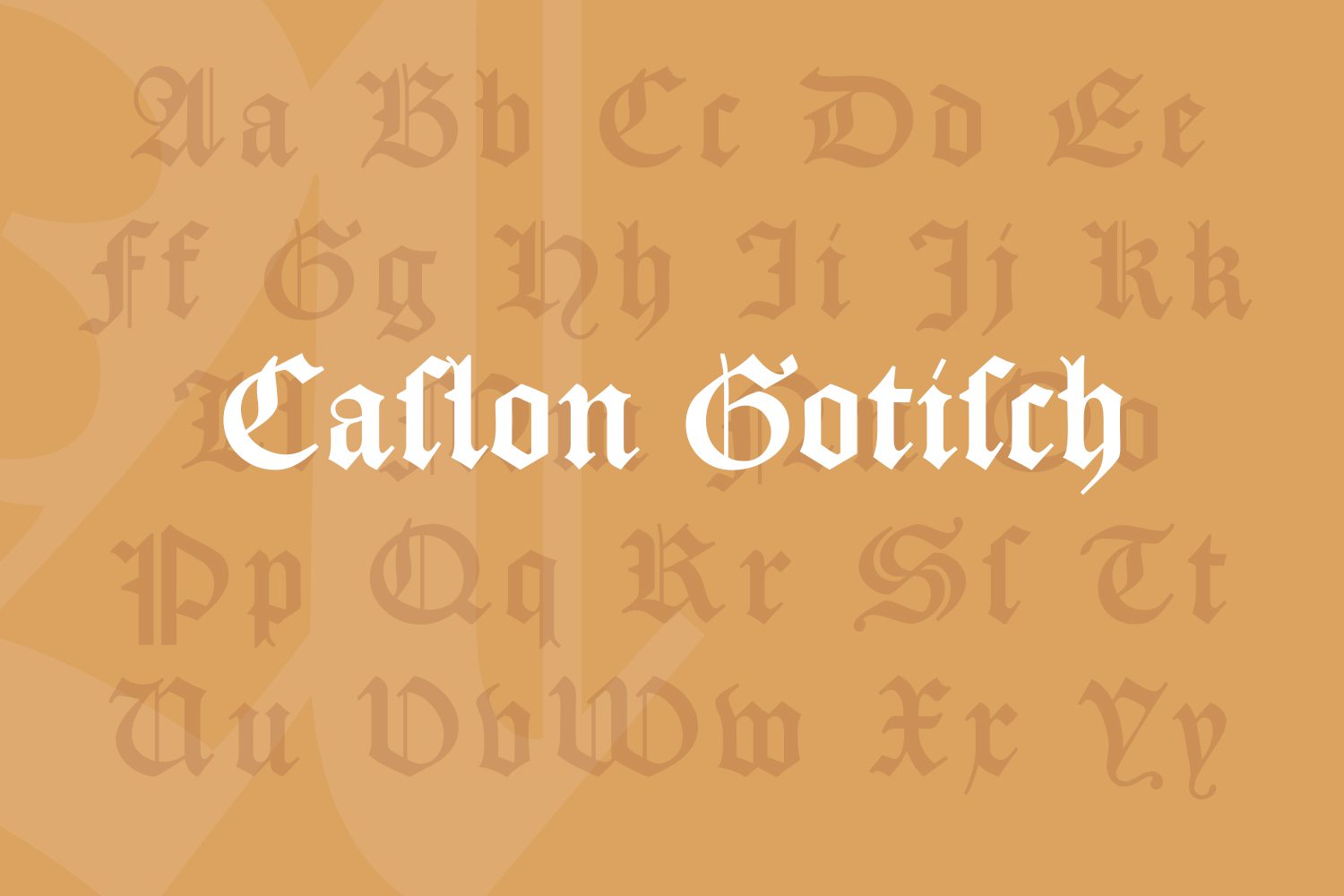

Pehaps something like Linotype Projekt would do, although this doesn't appear to come in a lighter weight than this, which may need a heavier version of Caslon. It may be possible to use a font like this - this is Rosemary Samuels - and tweak its metrics so that the letters are slightly narrower and they are spaced a little further apart. So, let’s take as an example the Linux Libertine family.

I don’t fully understand them, to be honest, but I’ve found that what works on both is the human-readable name reported by fc-list. Other good font choices are: Garamond Developed in the 16th Century by Parisian engraver Claude Garamond, it is a popular font for books.

When trying to get a sans to go with that, which is a good idea, you need to consider the letter-shapes (like the high cross-bar on e and the upward slope of the bowl of a and perhaps the little tail of u):īut you also need to consider x-height (this sans is too great) and although the overall width here is similar, each letter is wider and natural tracking is reduced. The algorithms to find fonts in XeLaTeX and LuaLaTeX are different. Caslon is a good choice not just for historical novels, but also anytime a solid and dependable feeling is desired. That is obviously what has attracted you to using it, but its age and the style of the time is that the tracking is naturally quite wide: Sign painter and typeface designer John Downer adds the following: Not Caslon, as the name implies, is surely one of the most comical and exuberant works of alphabet art that owes any (in this case, literally every) part of its being to swashy, 20th-century American, Caslon-inspired italics. This font belongs to the following categories: cyrillic fonts, latinic fonts, russian.
NOT CASLON FONT DOWNLOAD
One of the problems with Caslon is that it's very old-fashioned. On this page you can download the font Caslon version 3.1, which belongs to the family Caslon (Normal tracing). What about table of content, and opening pages? In that case, should I use size variations of Milo Light Italic for headings? There won't be any more than chapter headings. The old sutta text set in Milo Serif Medium:Īnd descriptive commentary in the lighter and more modern looking Milo Light Italic: Restored extract from the specimen sheet.
English roman, a Latin text face of the Caslon stable of typefaces. Some of the types shown were not cut by Caslon, most notably the French Canon roman (probably cut by Joseph Moxon). This font belongs to the following categories: cyrillic fonts, latinic fonts, russian fonts. William Caslons specimen sheet (dated 1734 but actually issued from 1738 onwards). I quite like the proposal of using the same family in serif/sans, and for example Milo ( link) seems to make for a legible reading type. On this page you can download Caslon font version 3.1, which belongs to the family Caslon (Normal tracing). If not Caslon and a light sans-serif, then what other pairings would make sense? Somehow I'm not drawn to using normal/bold combination of the same font though.ĮDIT After I've accepted Andrew Leach's answer, I started poking around FontShop for a while. Something light and sans-serif, perhaps, even italic?
NOT CASLON FONT LICENSE
License terms are not included in this font file. I'm tinkering with a small booklet that contains an ancient Buddhist sutta text and modern commentary, interweaved in a form of reading monologue: some sutta text, some commentary, more sutta text, and so forth.įor the sutta text I thought to use Caslon ( link) but can't quite come up with a font for the modern commentary. Other fonts from the Caslon Bd BT family: Caslon Bd BT Italic DOWNLOAD FONT. His work helped to modernize the book, making it a separate creation rather than a printed imitation of the old hand-produced book. ! ! " " # $ $ % % & & ' ' ( ( ) ) * * + +, , -. William Caslon, English typefounder who, between 17, designed the typeface that bears his name.


 0 kommentar(er)
0 kommentar(er)
